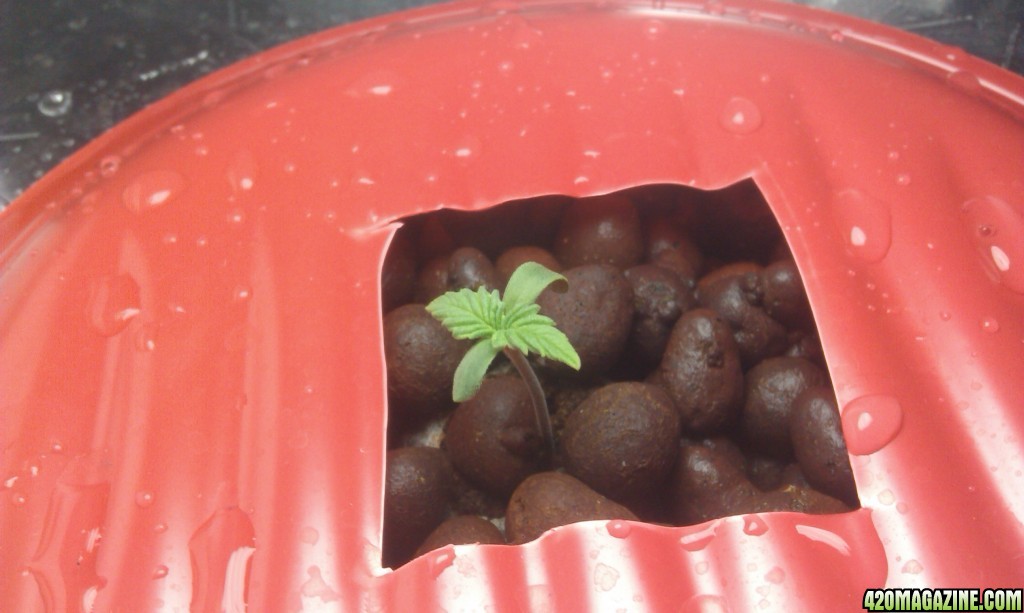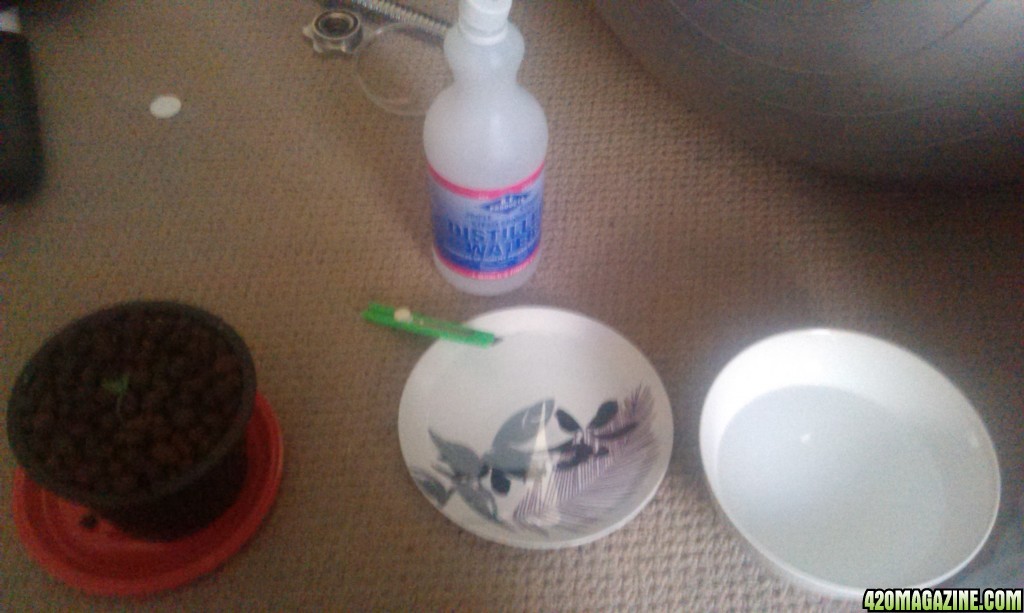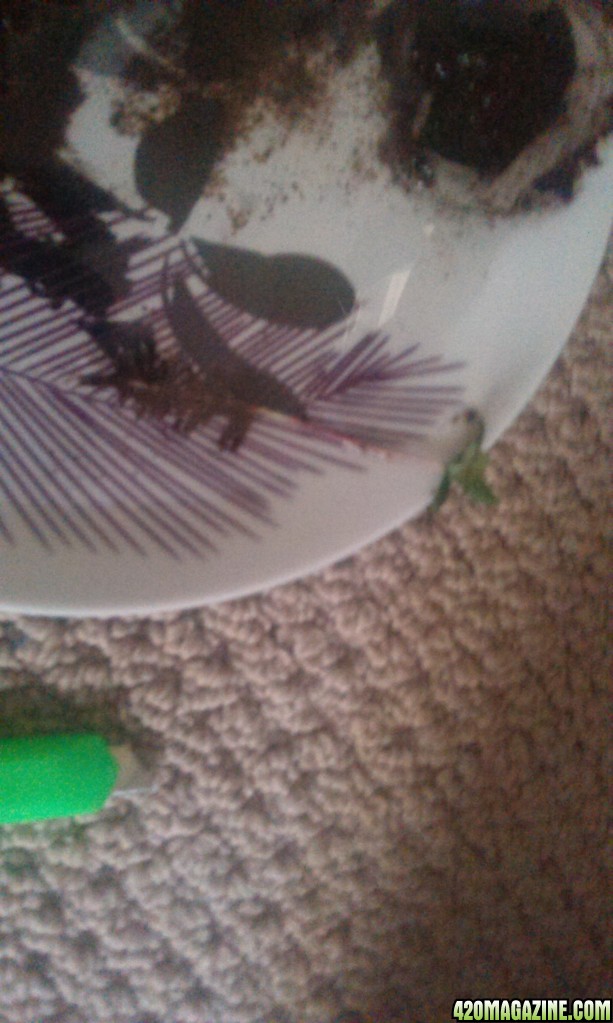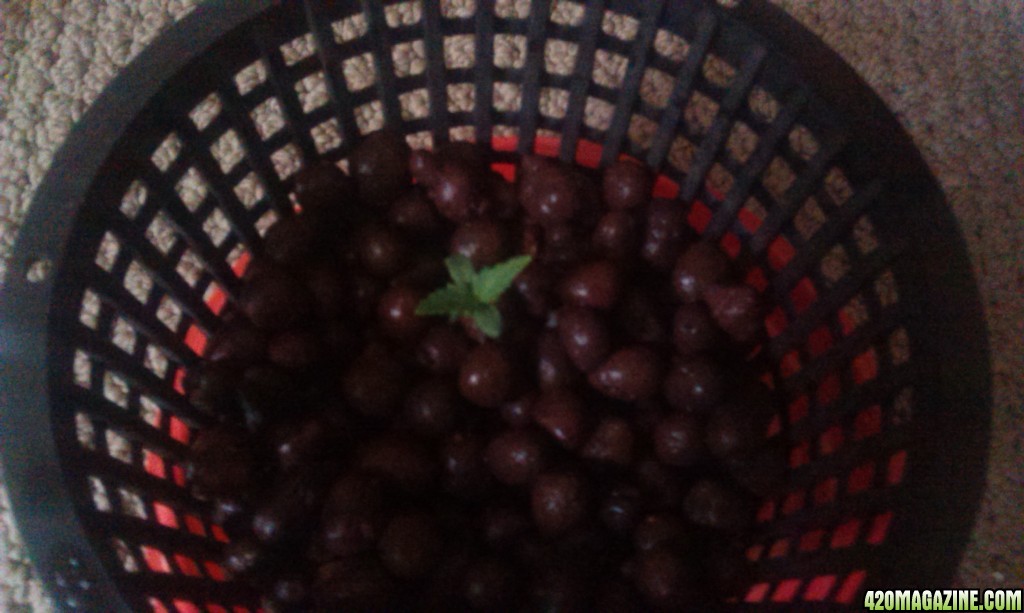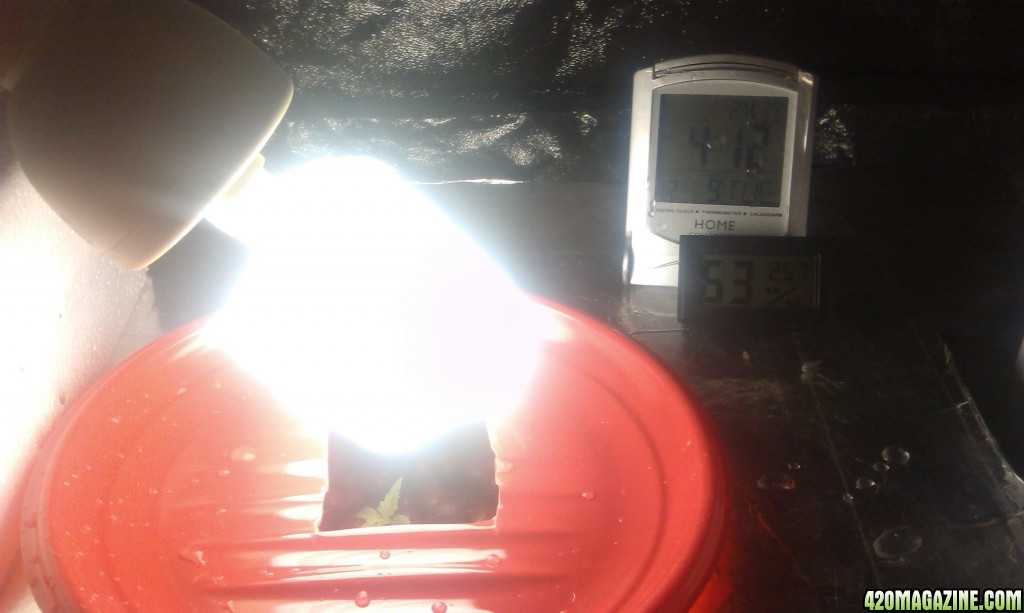DrewDrop
New Member
re: Budlovskis First Time - LED & Bubble Bucket Grow
Legalities can be cruel, I share your pain (for now atleast). Ive only just began buying from seed banks. 1st time wasn't good, (should have gone with one of sponsors.) But im eager to try the CBD lines.
sponsors.) But im eager to try the CBD lines.
Do you run your lights at 18/6 or 24/0 during veg?
Legalities can be cruel, I share your pain (for now atleast). Ive only just began buying from seed banks. 1st time wasn't good, (should have gone with one of
 sponsors.) But im eager to try the CBD lines.
sponsors.) But im eager to try the CBD lines.Do you run your lights at 18/6 or 24/0 during veg?











